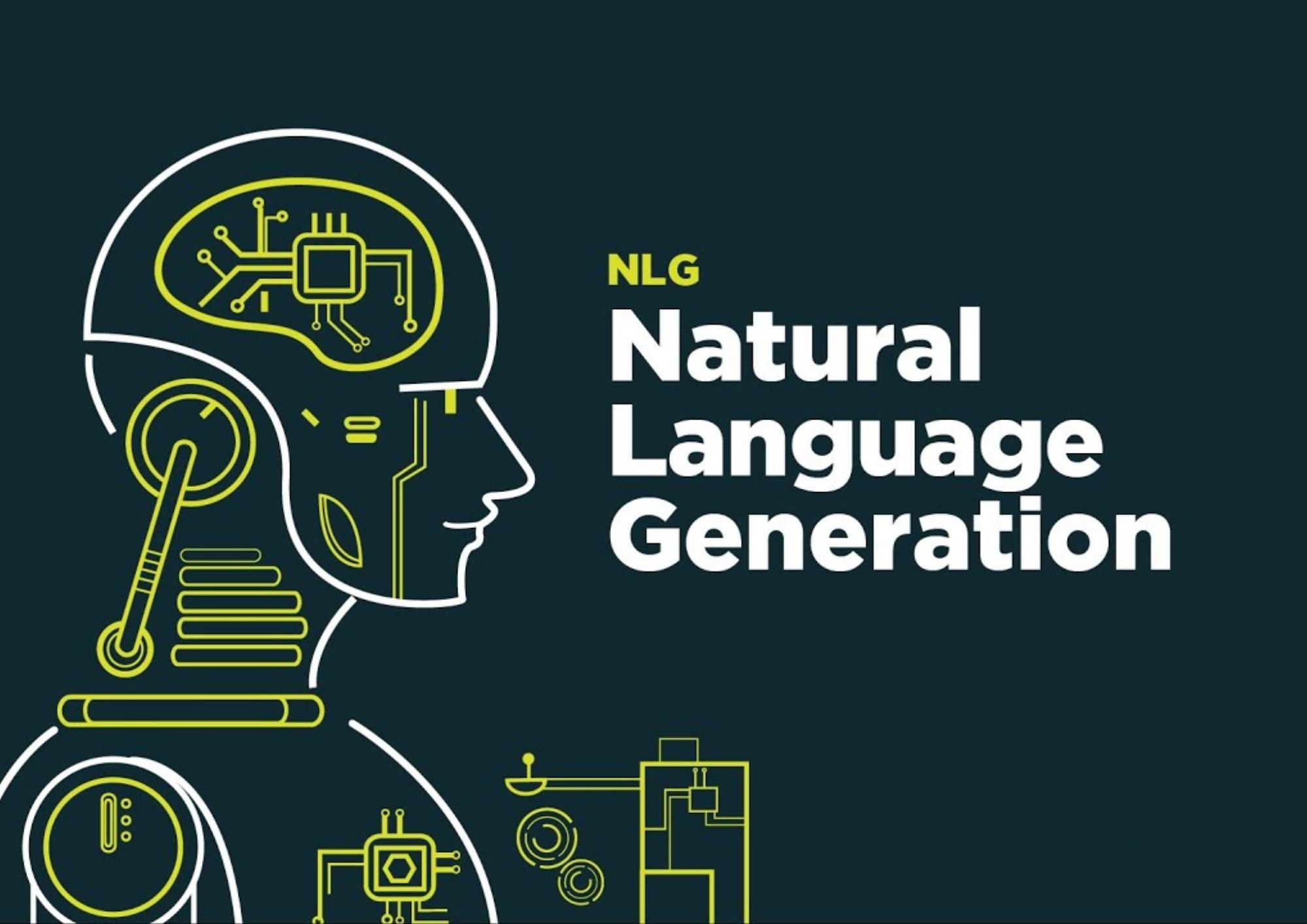Embark on an exciting linguistic journey through the realm of Natural Language Generation (NLG)! 
Uncover the mysteries behind this fascinating AI-driven technology, and learn how it’s transforming the way we communicate with machines. From chatbots to content generation, NLG is revolutionizing the world of NLP and AI.
In this comprehensive beginner’s guide, you’ll get acquainted with the core concepts, applications, and future prospects of NLG, while enjoying a splash of humor and smileys along the way 
Let’s dive in!
What is Natural Language Generation (NLG)?
NLG, or Natural Language Generation, is a subfield of Natural Language Processing (NLP) and Artificial Intelligence (AI) that focuses on generating human-like text from structured data or predefined templates.
This incredible technology enables machines to produce well-organized and coherent sentences, paragraphs, or even entire articles 
For example, consider the following structured data:
{
"weather": "sunny",
"temperature": "75°F",
"location": "Los Angeles"
}An NLG system could transform this data into a coherent sentence like:
It's a sunny day in Los Angeles with a pleasant temperature of 75°F.How does NLG work?
NLG typically involves a three-step process:
Data Preparation
Before generating human-like text, the system must first gather and preprocess relevant data. This step may involve cleaning, organizing, and transforming raw data into a structured format.
Text Planning
During this phase, the system determines the content and structure of the generated text. It may involve selecting relevant information, organizing it logically, and defining the overall structure of the output.
Text Realization
Finally, the NLG system translates the structured data into natural language text, ensuring proper grammar, syntax, and coherence. This step may use rules-based methods, statistical models, or deep learning techniques.
Applications of NLG
From marketing to healthcare, NLG has a wide range of applications:
Content Generation
NLG can produce news articles, product descriptions, or social media posts in a matter of seconds, saving time and resources.
Chatbots and Virtual Assistants
NLG enables chatbots and virtual assistants, like Siri or Alexa, to generate contextually appropriate responses in natural language.
Business Intelligence
NLG can transform complex data into easy-to-understand narratives, helping businesses make informed decisions.
The Future of NLG
With the rapid advancements in AI and NLP, NLG continues to evolve and offer new possibilities.
Researchers are developing more sophisticated algorithms capable of generating increasingly human-like text, opening up endless opportunities for innovation.
Conclusion
Congratulations! 
As you’ve discovered, NLG plays a crucial role in the broader fields of NLP and AI. Its applications are vast, and its future prospects are incredibly exciting.
Keep exploring, and who knows – you might just become the next NLG prodigy!
FAQ
How is NLG different from NLP?
While NLG focuses on generating human-like text, NLP encompasses a broader range of tasks that involve understanding, interpreting, and generating natural language.
What programming languages can I use for NLG projects?
Python is a popular choice for NLG projects, thanks to its extensive libraries like NLTK, Gensim, and OpenAI’s GPT models. However, other languages like Java, C++, and JavaScript also offer NLG libraries.
Are there any open-source NLG tools available?
Yes, there are several open-source NLG tools and libraries, such as OpenAI’s GPT models, SimpleNLG, and the Natural Language Toolkit (NLTK) for Python.
How can I improve the quality of the generated text in an NLG system?
You can improve the quality of generated text by using more advanced models, fine-tuning your model with domain-specific data, and incorporating feedback loops to iteratively improve the output.
What are the ethical considerations in using NLG technology?
NLG raises several ethical concerns, such as the potential for generating fake news, plagiarized content, or biased information. It’s essential to use NLG responsibly and develop systems with built-in safeguards to prevent misuse.
Thank you for reading our blog, we hope you found the information provided helpful and informative. We invite you to follow and share this blog with your colleagues and friends if you found it useful.
Share your thoughts and ideas in the comments below. To get in touch with us, please send an email to dataspaceconsulting@gmail.com or contactus@dataspacein.com.
You can also visit our website – DataspaceAI



